Apple Shopping Event
Hurry and get discounts up to 20% Read more
In the mid-1980s, when modular kitchens had reached a high level of rational functionality, Ciatti a Tavola (the family company behind
what would become Opinion Ciatti) sensed a deep shift taking place. The traditional kitchen layout, comprising base units, wall cabinets and tall columns, was beginning to show its limits. Social changes, the emergence of new, more open, fluid and hybrid lifestyles, and a growing interest in professional-style cooking revealed the need for new structural solutions. The classic kitchen structure could no longer adapt to different spaces: from offices to studio apartments, restaurants to lofts.
After centuries of being a service space, often tucked away from the rest of the home, the kitchen began to evolve. It was no longer just functional, but a place to live in a space for gathering, for sharing moments, both intimate and social, private and public. This shift called for greater exibility and freedom, with design solutions able to meet diverse needs without being limited by rigid compositions.
Product doesn't look right? Tell us what's wrong.
Authorities in our business will tell in no uncertain terms that Lorem Ipsum is that huge, huge no no to forswear forever. Not so fast, I'd say, there are some redeeming factors in favor of greeking text, as its use is merely the symptom of a worse problem to take into consideration.
Anyway, you still use Lorem Ipsum and rightly so, as it will always have a place in the web workers toolbox, as things happen, not always the way you like it, not always in the preferred order.
Request a Quote
Average response time is approximately 30 minutes
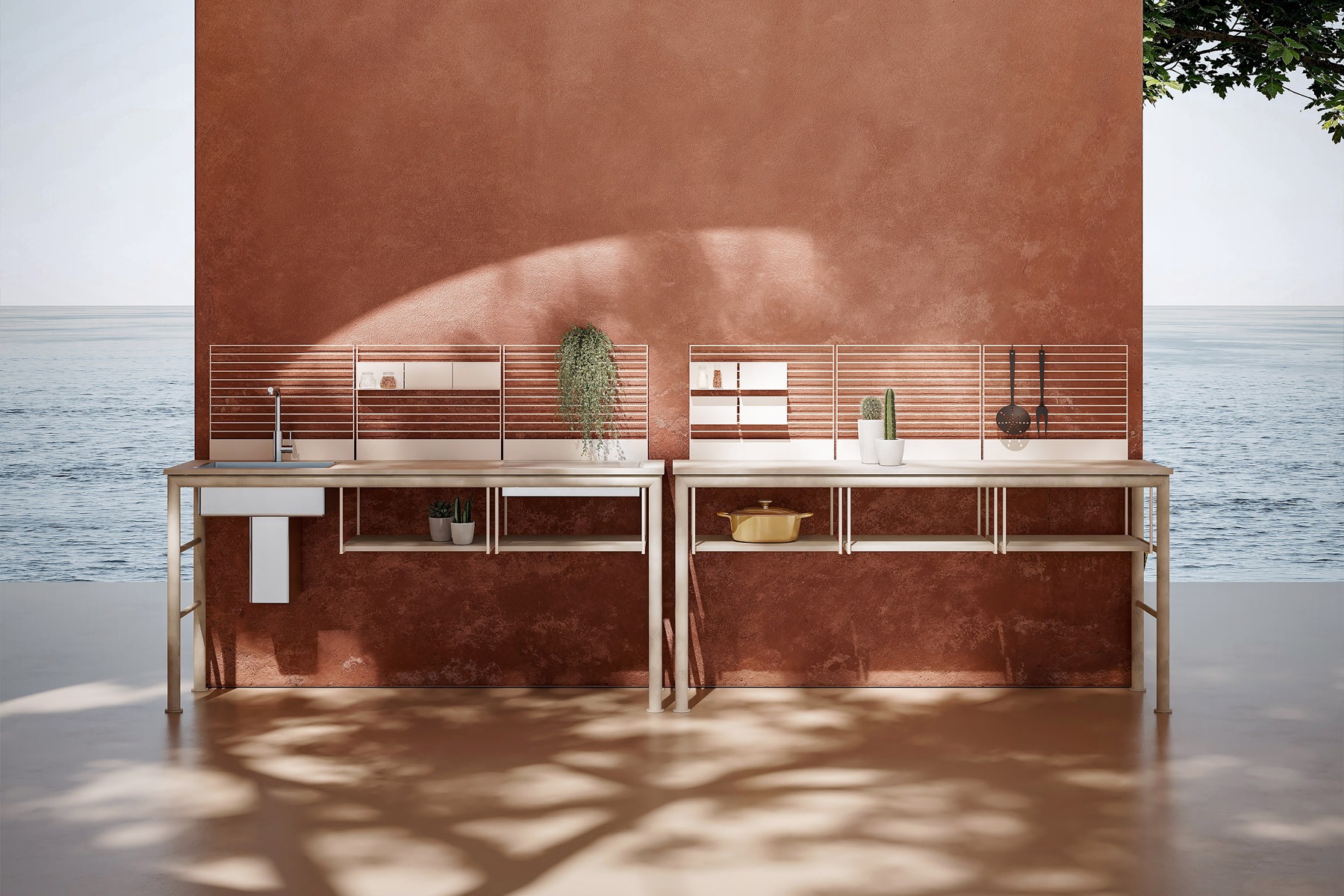
Axis by Opinion Ciatti
Get In Touch With Us
Italcasa Furniture & Interior Design
32968 Woodward Ave,
Royal Oak, MI 48073
Mon - Fri 10 a.m. - 05 p.m.
Sat - Sun 11 a.m. - 04 p.m.
Italcasa Design - Michigan Design Center
1700 Stutz Dr suite 30,
Troy, MI 48084
Mon - Fri 10 a.m. - 05 p.m.
Sat - Sun 11 a.m. - 04 p.m.
Get In Touch With Us
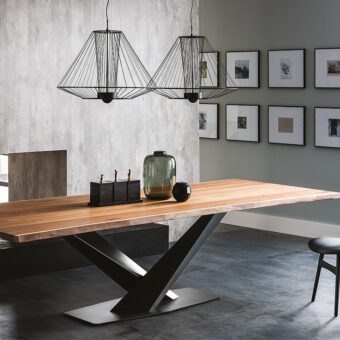
Italcasa Furniture & Interior Design
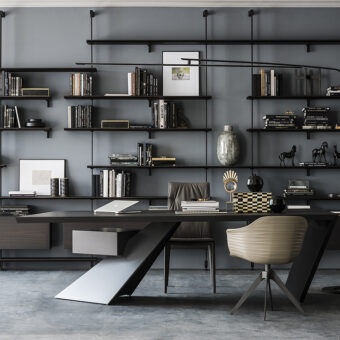
Italcasa Design - Michigan Design Center
Product details
Made possible by exploring innovative molded plywood techniques, Iskos-Berlin’s Soft Edge Chair blends strong curves with extreme lightness to create a three-dimensionality not usually possible with 2-D plywood.
Description
In the mid-1980s, when modular kitchens had reached a high level of rational functionality, Ciatti a Tavola (the family company behind
what would become Opinion Ciatti) sensed a deep shift taking place. The traditional kitchen layout, comprising base units, wall cabinets and tall columns, was beginning to show its limits. Social changes, the emergence of new, more open, fluid and hybrid lifestyles, and a growing interest in professional-style cooking revealed the need for new structural solutions. The classic kitchen structure could no longer adapt to different spaces: from offices to studio apartments, restaurants to lofts.
After centuries of being a service space, often tucked away from the rest of the home, the kitchen began to evolve. It was no longer just functional, but a place to live in a space for gathering, for sharing moments, both intimate and social, private and public. This shift called for greater exibility and freedom, with design solutions able to meet diverse needs without being limited by rigid compositions.
Description
In the mid-1980s, when modular kitchens had reached a high level of rational functionality, Ciatti a Tavola (the family company behind
what would become Opinion Ciatti) sensed a deep shift taking place. The traditional kitchen layout, comprising base units, wall cabinets and tall columns, was beginning to show its limits. Social changes, the emergence of new, more open, fluid and hybrid lifestyles, and a growing interest in professional-style cooking revealed the need for new structural solutions. The classic kitchen structure could no longer adapt to different spaces: from offices to studio apartments, restaurants to lofts.
After centuries of being a service space, often tucked away from the rest of the home, the kitchen began to evolve. It was no longer just functional, but a place to live in a space for gathering, for sharing moments, both intimate and social, private and public. This shift called for greater exibility and freedom, with design solutions able to meet diverse needs without being limited by rigid compositions.


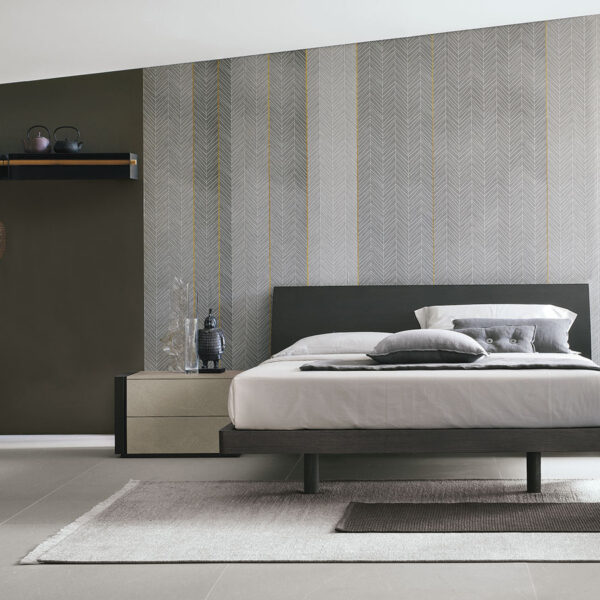
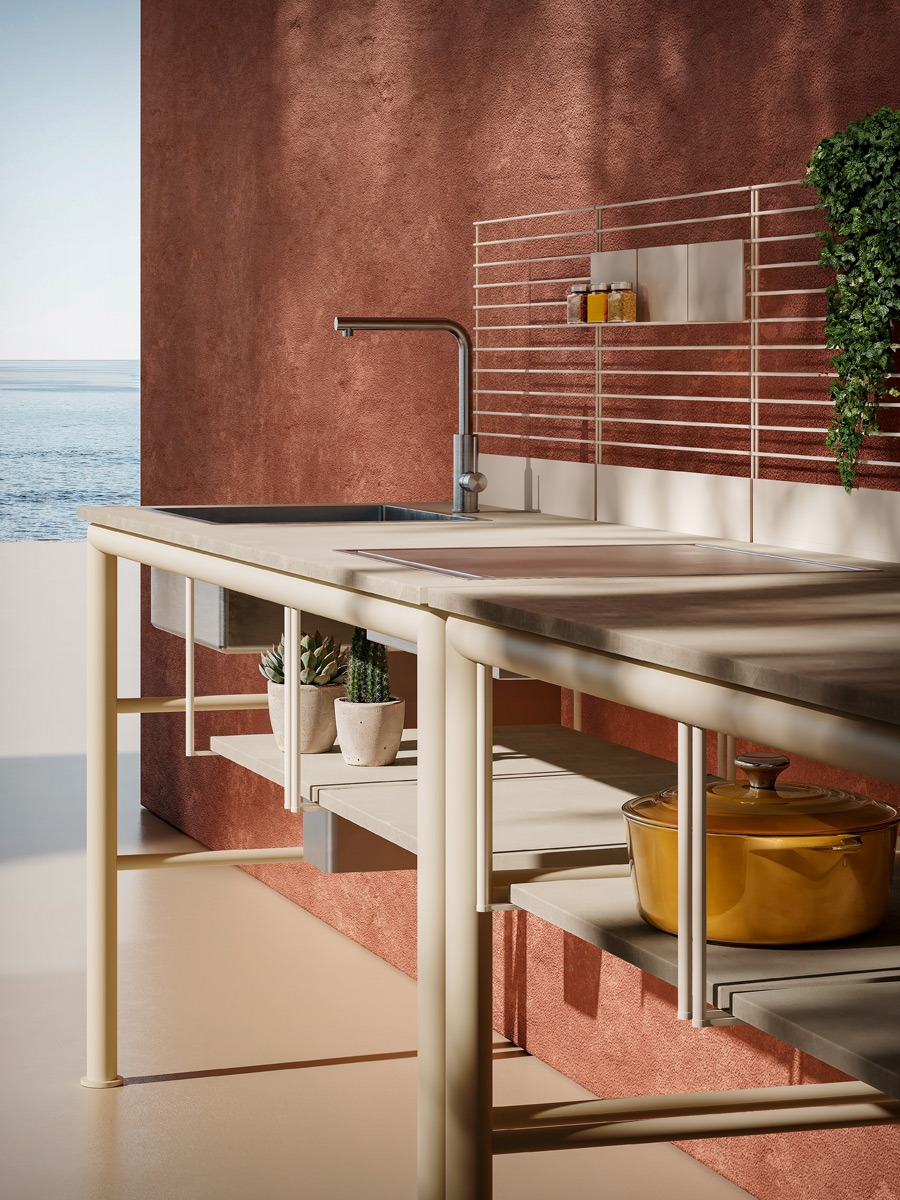

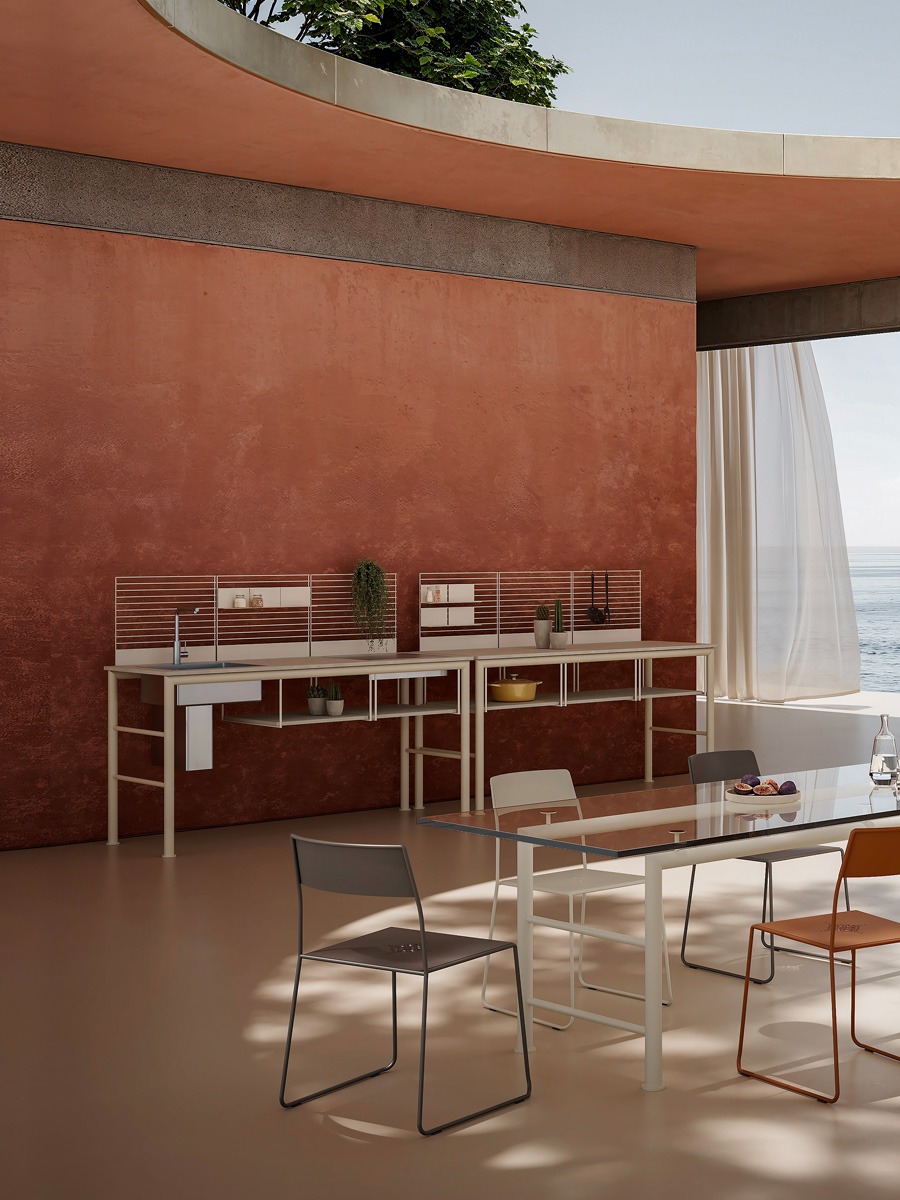
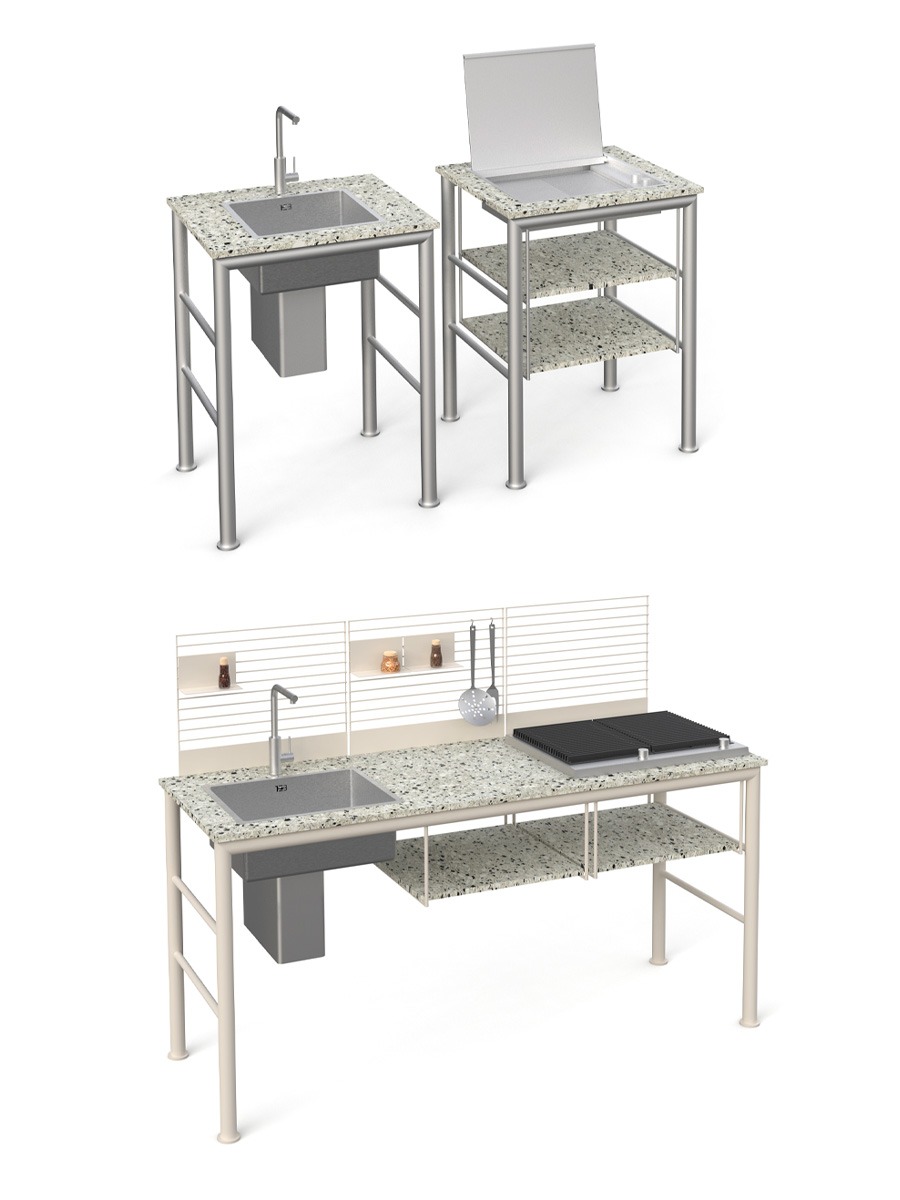
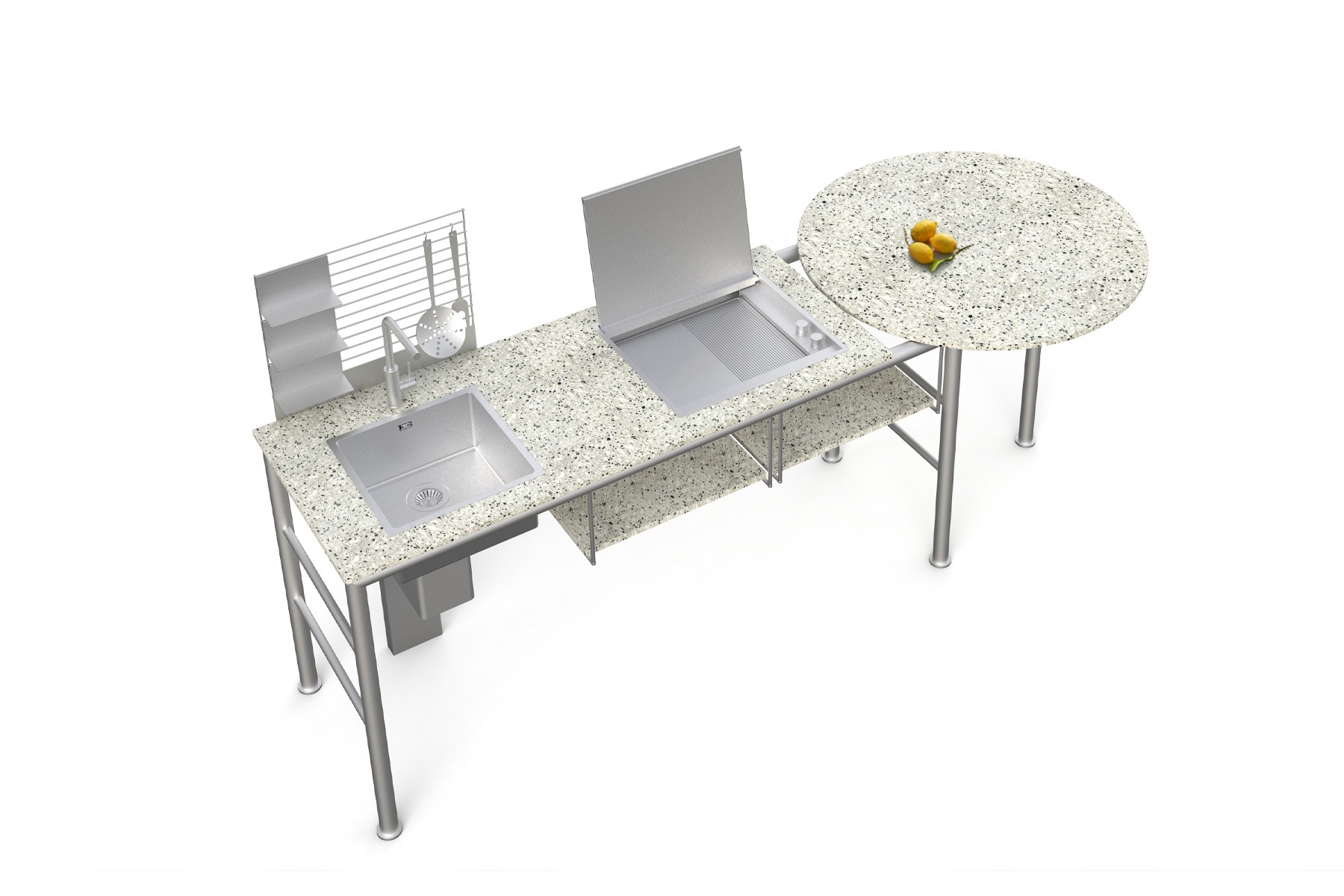

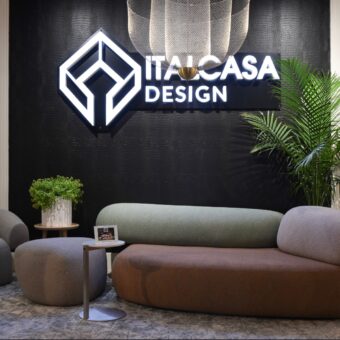
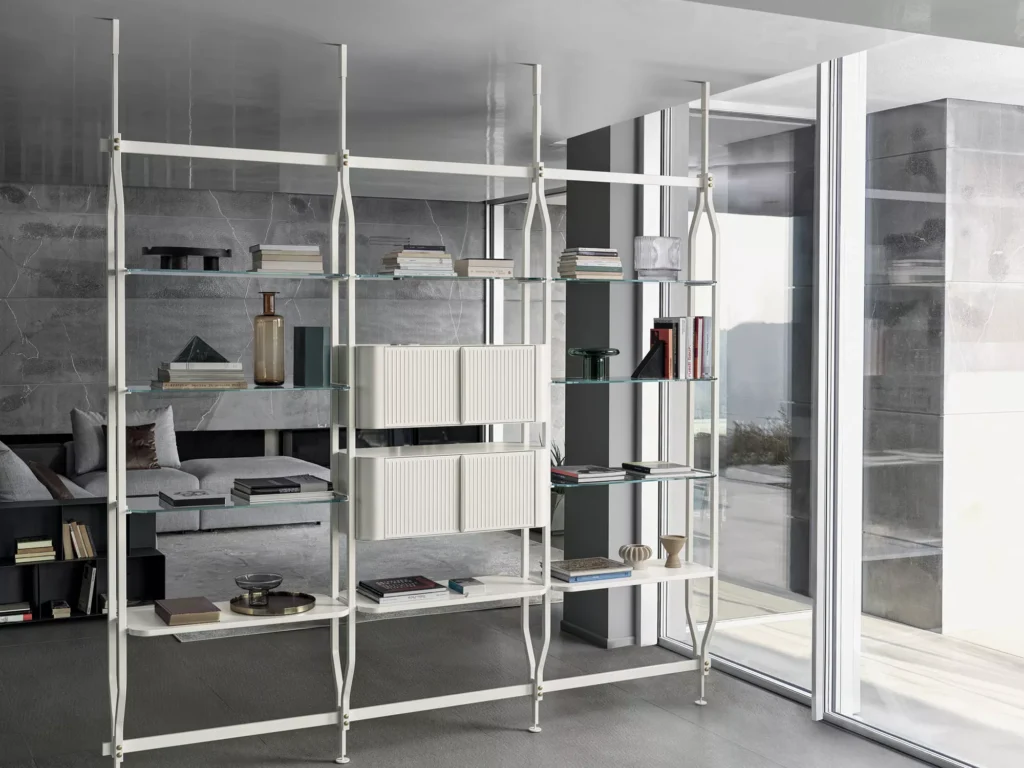
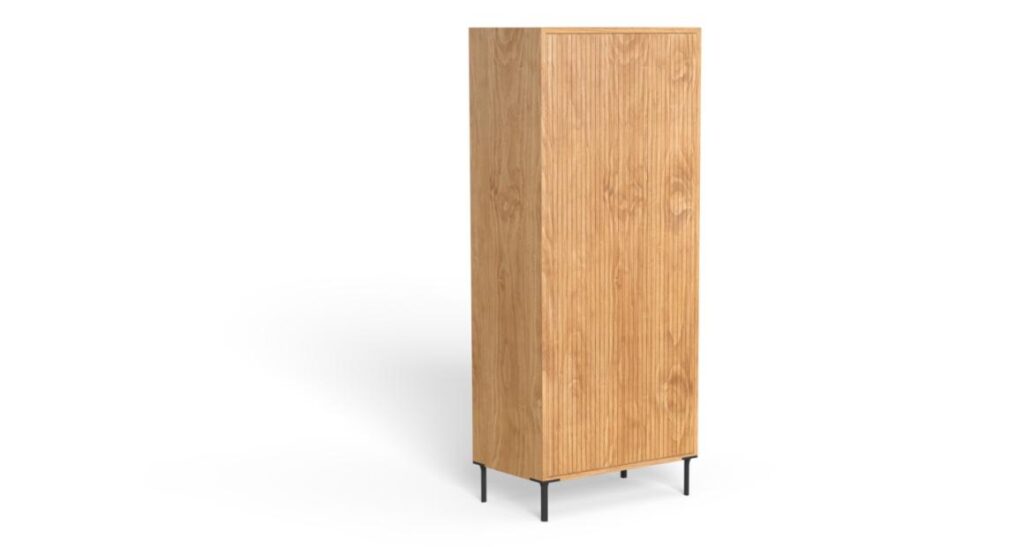
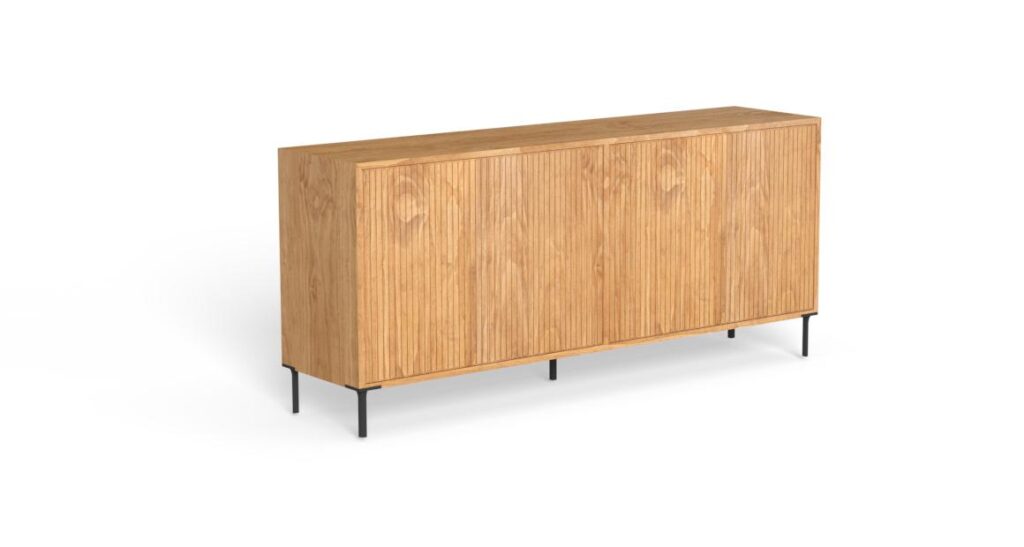

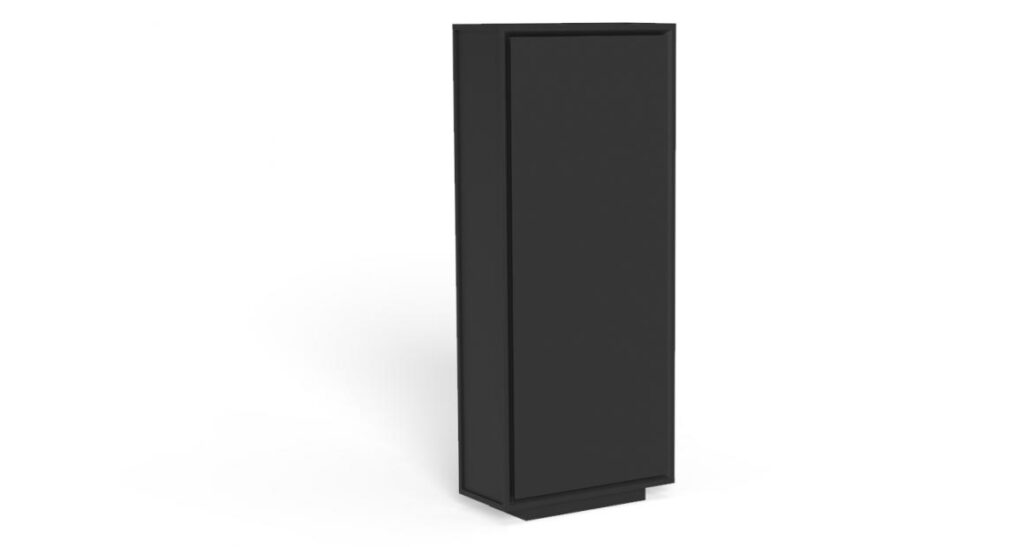
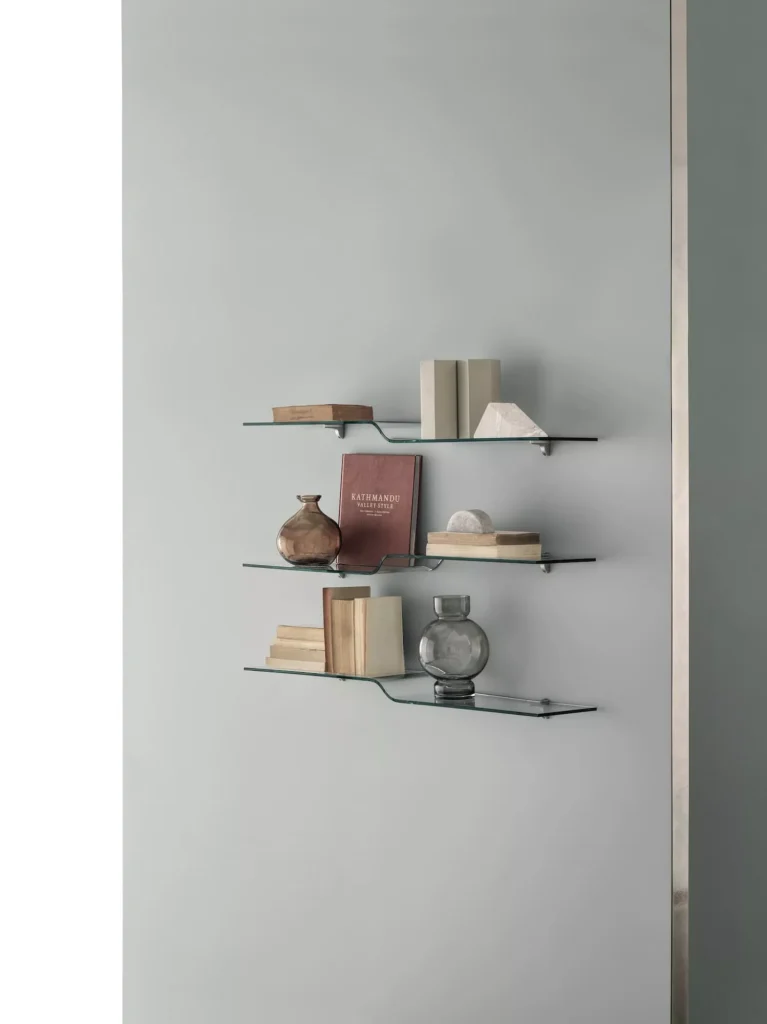
Reviews
Clear filtersThere are no reviews yet.